Are Phantom Screens Durable in Harsh Weather?
By Scott & Karen Dillman | October 9, 2025
Highlights:
- Retractable "phantom" screens can be durable in harsh weather when quality materials, correct installation, and smart operation are in place.
- Protective housings, corrosion-resistant finishes, and UV-stable meshes help extend service life through Midwest seasons.
- Auto-retraction habits and seasonal maintenance matter more than any single component choice.
- Dillman Brothers serves Urbana, IL homeowners with guidance on product selection, installation, and upkeep.
Homeowners in Urbana, IL want outdoor comfort without sacrificing durability, and retractable "phantom" screens are a popular solution. Their design lets the mesh roll into a protective cassette when not in use, shielding it from constant UV exposure, rain, and debris. Durability depends on more than just the mesh; the frame, tracks, fasteners, and finishes all share the load across seasons.
Material Quality and Weather Resistance
Material quality is the first line of defense. Extruded aluminum housings resist bending better than roll-formed alternatives, and stainless or coated fasteners curb corrosion at joints. UV-stable meshes, often fiberglass or polyester with PVC coatings, balance flexibility with strength so they can roll smoothly without cracking. Protective housings reduce day-to-day weathering, while end-caps and gaskets help keep moisture out of critical areas. In climates that swing from humid summers to icy winters, these choices lessen cumulative fatigue on the screen system, especially around corners, seams, and high-load fastener points that are vulnerable to thermal movement.
Finish and Coating Protection
Finish quality matters as much as base metal. Powder-coated aluminum can still chalk or fade if the coating is not formulated for exterior duty. According to FGIA's AAMA 2604, higher-grade architectural powder coatings are engineered for color retention, gloss stability, and resistance to humidity and salt exposure-key factors for installations that face year-round weather. While a screen system isn't a curtainwall, selecting finishes inspired by architectural standards helps components look better longer and resist the micro-corrosion that can eventually bind tracks or loosen hardware.
FAQ
What makes a screen "weather-durable"?
A combination of robust housing, UV-stable mesh, corrosion-resistant fasteners, and quality powder coating.
Will a better finish really matter?
Yes-finish quality slows fading, chalking, and corrosion, which protects both appearance and function.
Do I need a top brand for durability?
Brand helps, but correct specification, installation, and maintenance are equally important.
Wind is the most common acute threat. In strong gusts, pressure and suction can flex mesh and frames; airborne debris can cause tears or dents. The advantage of retractable designs is that you can store the screen before storms. According to the National Weather Service, severe thunderstorm winds can loft debris and create damaging lateral loads-even far from the storm's core. Practically, that means developing the habit of retracting screens whenever forecasts call for high winds, ensuring the mesh and edges aren't exposed to sudden impacts.
Thermal Cycling and Freeze-Thaw Effects
Thermal cycling also tests assemblies. Aluminum expands and contracts; fasteners and different plastics move at different rates. Over years, small dimensional changes can loosen screws, misalign tracks, or reduce mesh tension. Good installers account for this with proper anchoring, shimming, and fastener selection. Seasonal checks-confirming that the cassette is plumb, tracks are clean, and fasteners remain snug-mitigate creeping misalignment. In Urbana, IL, where winter freeze-thaw is routine, keeping moisture out of tracks reduces the risk of ice binding mechanisms. If ice does form, allow thawing before operating to avoid straining motors or guides.
UV Exposure and Mesh Longevity
UV and moisture gradually age polymers, so even premium meshes may eventually require replacement. That's not a failure of the system; it's a predictable maintenance event similar to replacing a belt on a garage door opener. The win with retractable screens is that the mesh spends much of its life protected inside a housing, which slows UV and weather exposure compared with fixed screens. When replacement is needed, it's typically straightforward and far less costly than installing a new system. Planning for mesh refreshes every many years keeps performance and appearance consistent.
FAQ
How windy is "too windy" to leave screens down?
Follow manufacturer guidance and retract when gusts are expected; when in doubt, stow.
Can hail damage the mesh?
Yes-retraction before hailstorms lowers risk by removing exposed surface area.
Will winter salt or humidity hurt the system?
Quality finishes and stainless/coated fasteners help, but periodic cleaning is still important.
Installation is where durability plans meet reality. Proper substrate anchoring, straight tracks, and sealed penetrations prevent racking, binding, and water entry. Installers should verify clearances so the screen glides without rubbing and confirm that motors (if used) are torque-matched to the screen's size. Local expertise matters: crews familiar with Midwest weather set expectations about storm practices and seasonal care. Partnering with Dillman Brothers in Urbana, IL ensures the system is specified for your opening size, wind exposure, and usage patterns, which directly affects how it will hold up over the long term.
Smart Operation and Care
Smart operation habits multiply hardware longevity. Keep tracks clean of grit that can abrade coatings and jam rollers; rinse pollen and dust periodically. Retract during yardwork to avoid impact from tools or flying debris. Before storms, stow the screen and secure loose items nearby that might strike the housing. For motorized units, consider adding wind or sun sensors to trigger auto-retraction when conditions shift unexpectedly. These small steps dramatically cut the number of high-stress events the screen experiences each year, which is the essence of making a "durable" system truly last.
Seasonal Maintenance
Maintenance should be simple and seasonal. According to WAREMA, periodic cleaning, gentle lubrication where recommended, and inspections for wear help preserve smooth operation. Look for frayed edges, loose weatherstrips, or fasteners backing out-early fixes prevent larger repairs. If the mesh is nicked, address it before winds turn a small flaw into a long tear. Keep landscaping trimmed back from the opening so branches don't scrape the fabric. Documenting quick spring and fall checkups gives you a baseline and helps your installer diagnose changes over time.
FAQ
How long should a quality retractable screen last?
With good use and maintenance, the housing and frame can last many years; mesh may be replaced as needed.
Is motorization less durable than manual?
Motors add parts but reduce misuse; correct sizing and setup are key to longevity.
What if my opening is very wide?
Larger spans demand stiffer components and careful installation-work with an experienced local installer.
So, are phantom screens durable in harsh weather? Yes-when they're specified with robust housings, UV-stable meshes, and architectural-grade finishes, installed by seasoned professionals, and operated with weather-smart habits. The retractable design is the durability advantage: instead of fighting storms, the screen hides from them. In Urbana, IL, that means reliable bug control and shade on calm days, and peace of mind when the forecast turns. For product selection, site-specific advice, and installation that protects your investment, consult Dillman Brothers to tailor a solution that performs season after season.
Long-Term Value for Homeowners
Durability in harsh weather is not only about protecting the screen-it's also about protecting the homeowner's investment. A well-specified system reduces long-term costs by minimizing repairs, extending mesh replacement cycles, and keeping finishes intact even under tough seasonal swings. For homeowners in Urbana, IL, this means that a retractable screen isn't just a lifestyle upgrade-it's a cost-conscious choice that balances comfort, protection, and resilience. Working with Dillman Brothers ensures that your system is designed for local conditions and backed by trusted installation, making durability a practical reality for years to come.
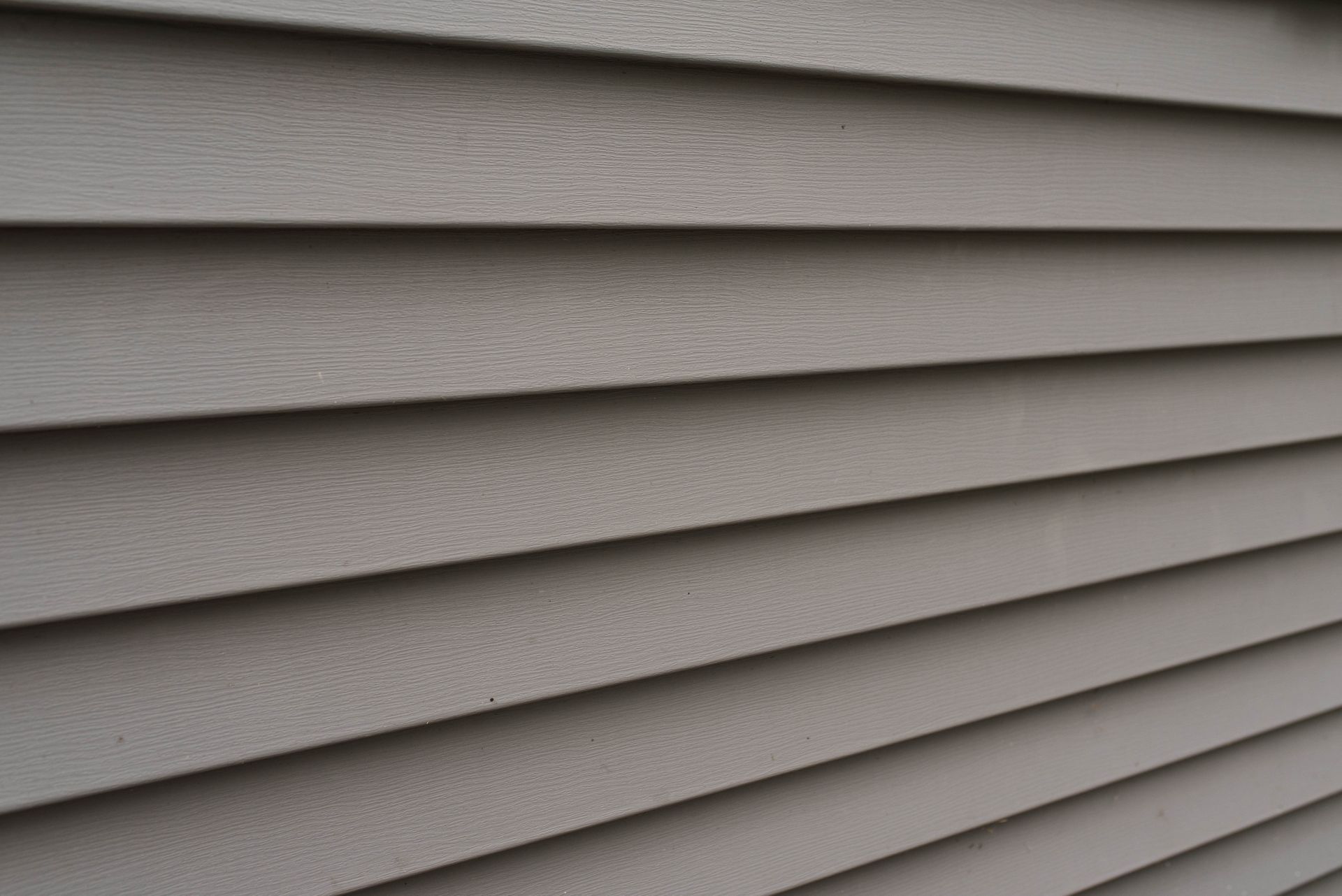


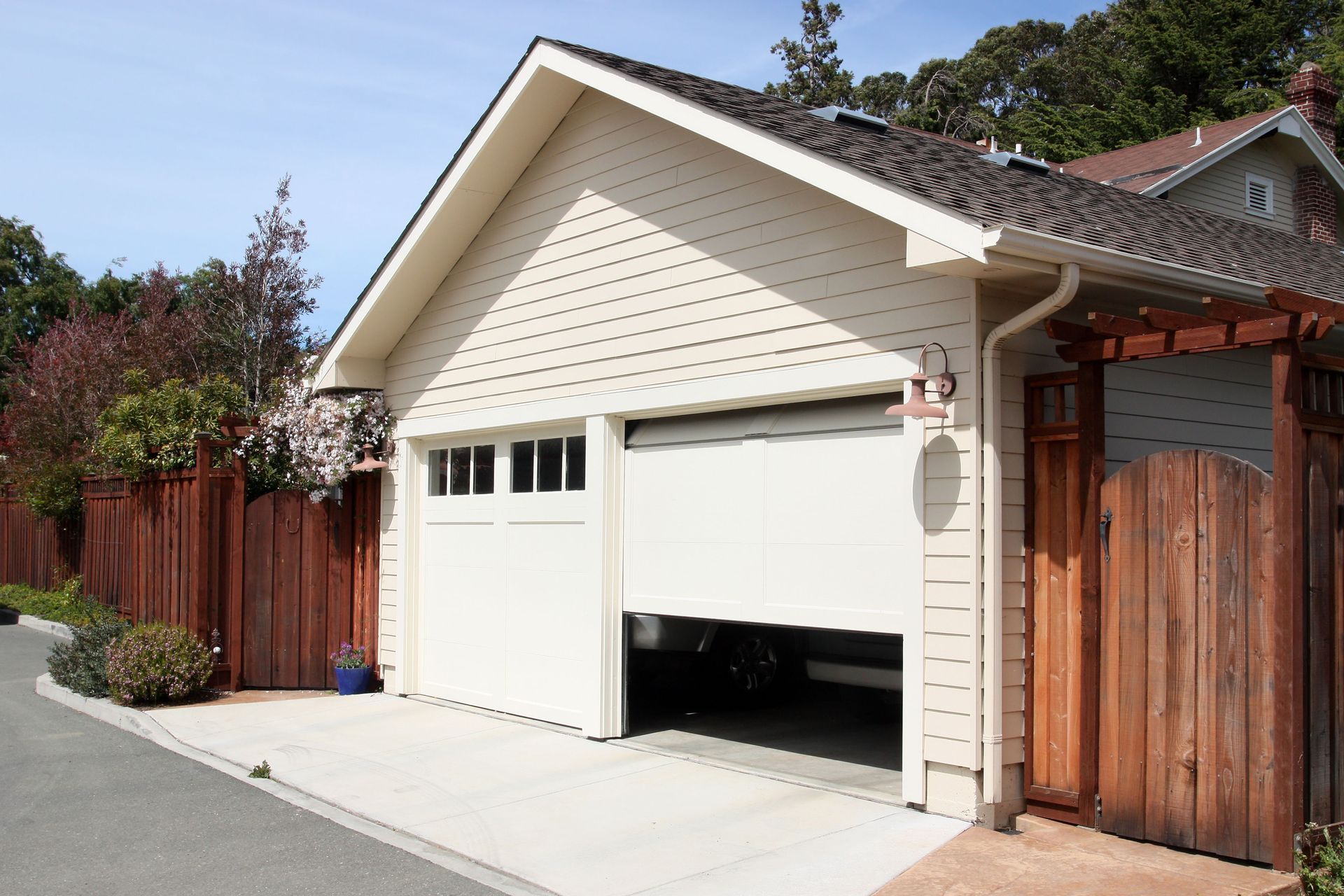
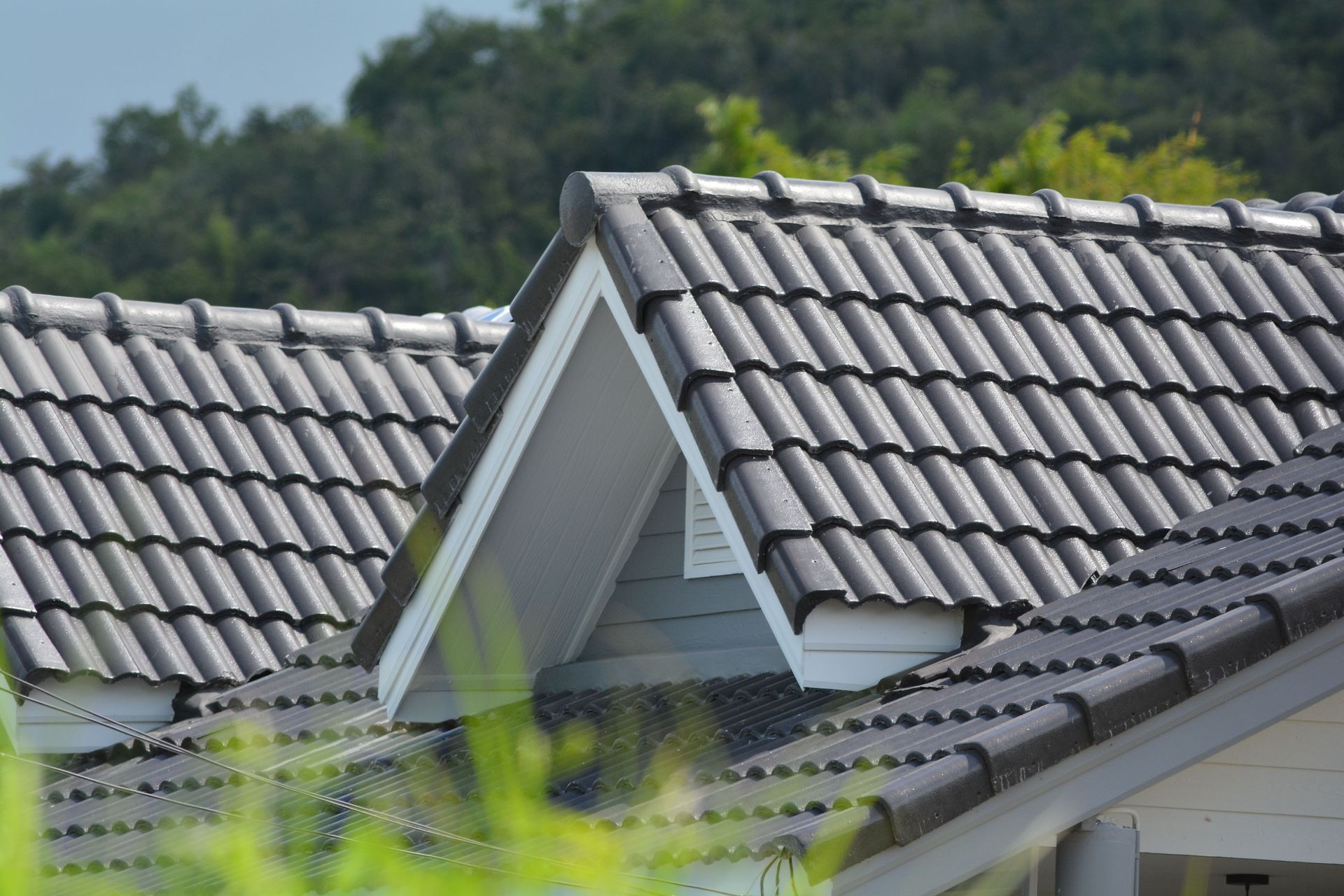
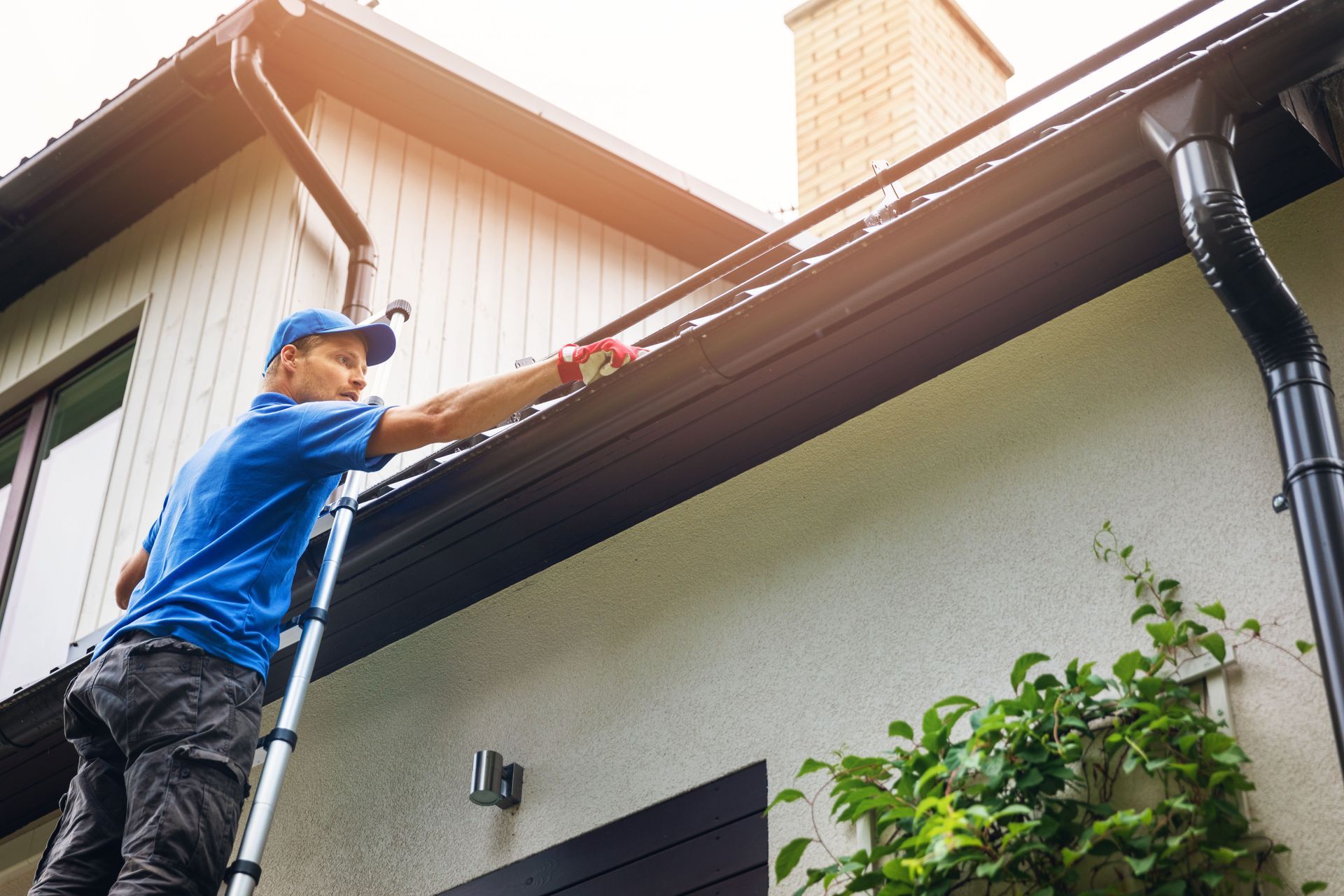
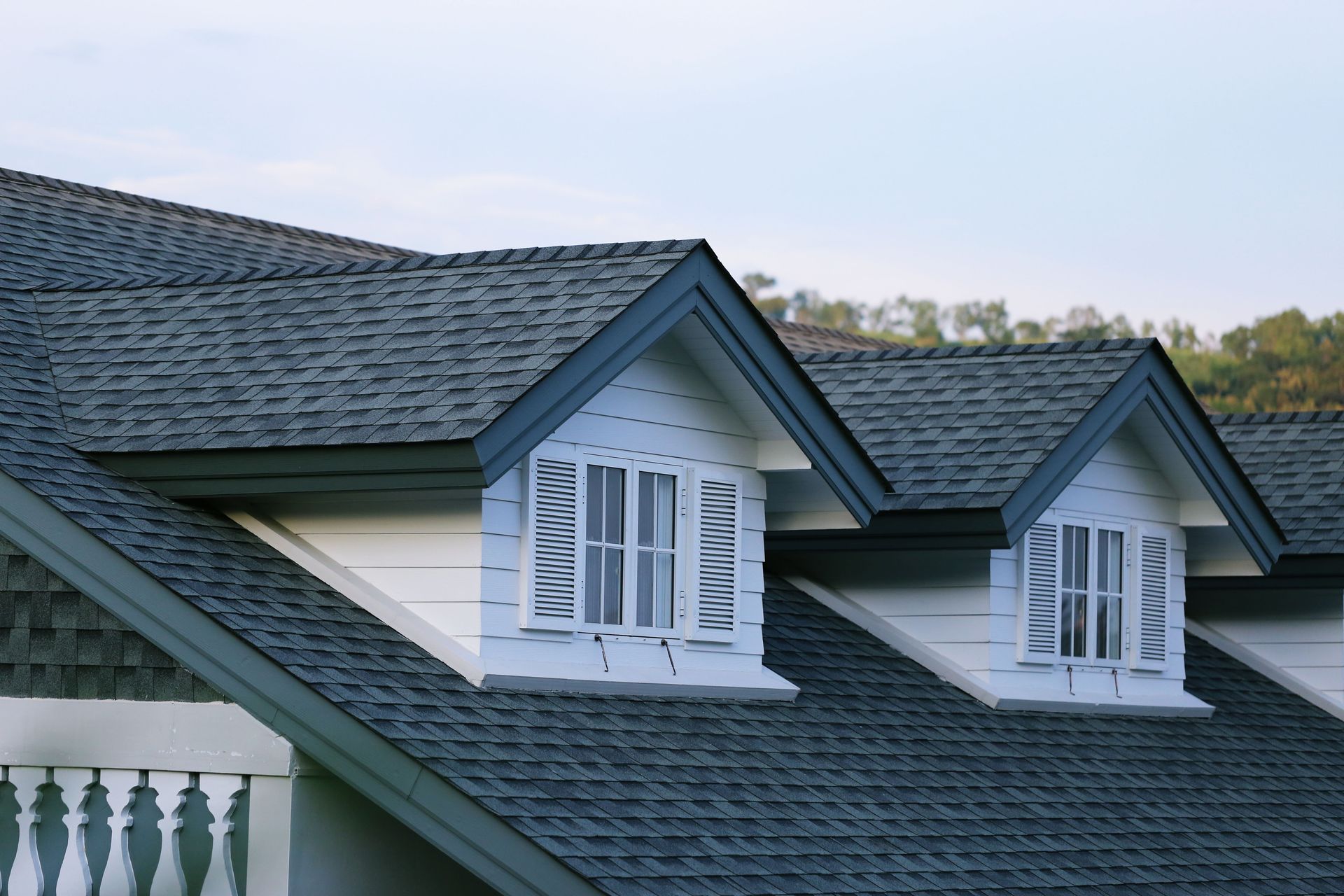

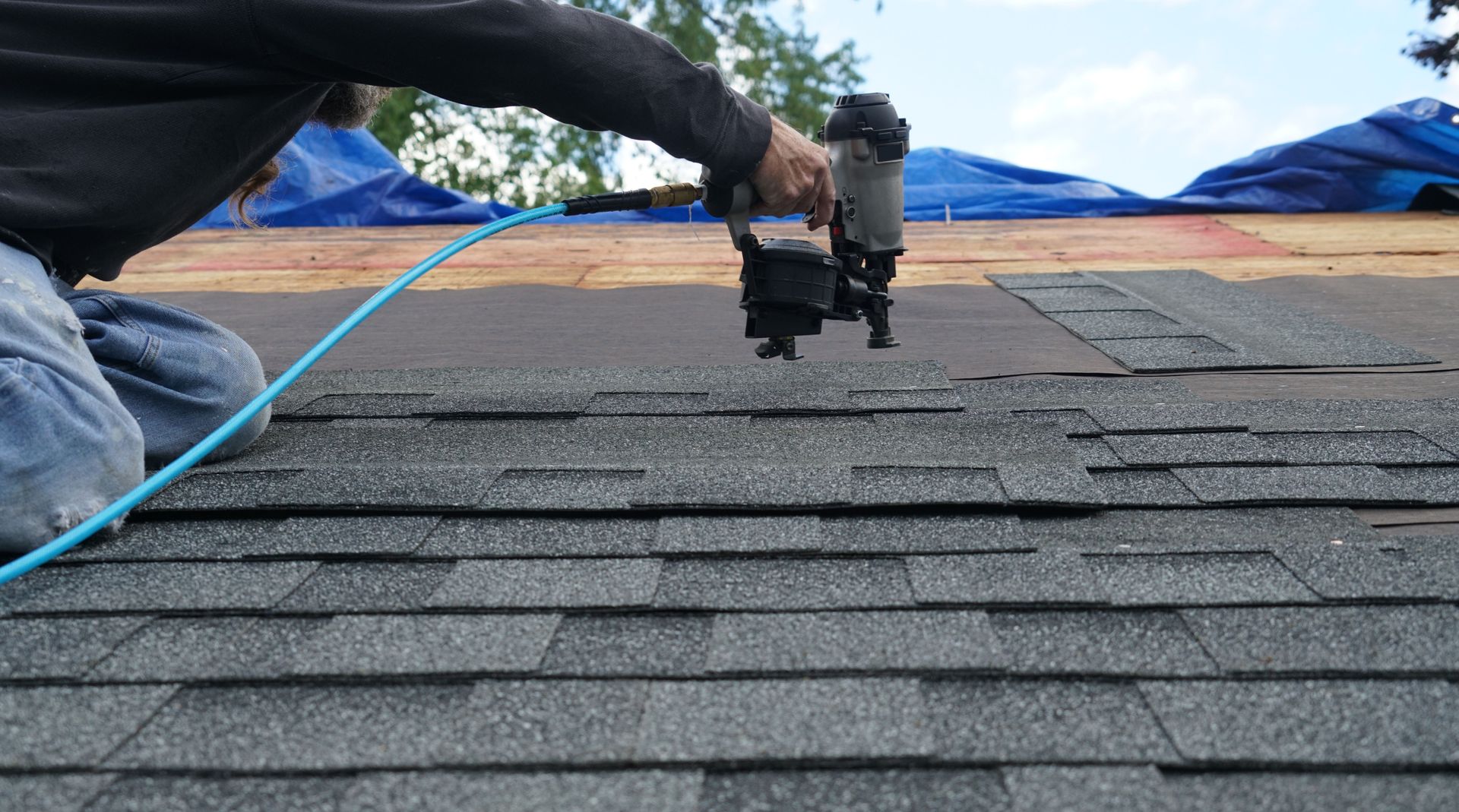


Share On: